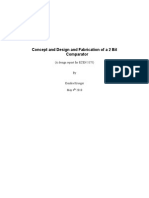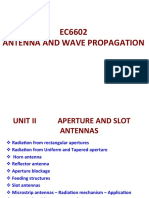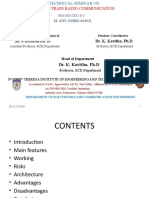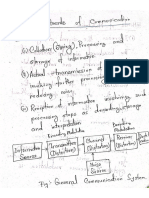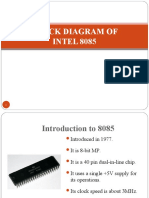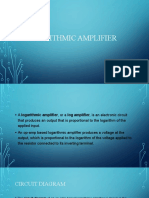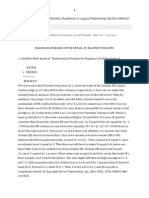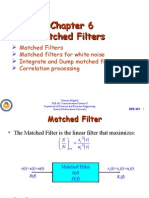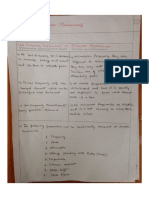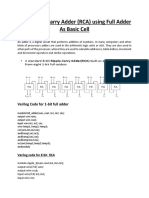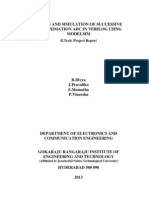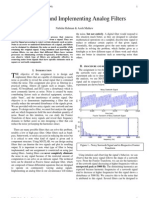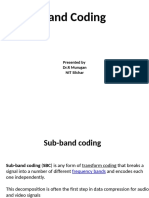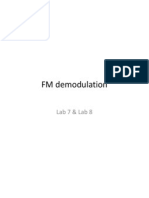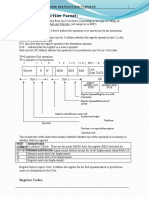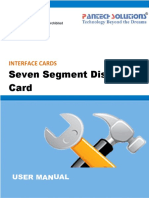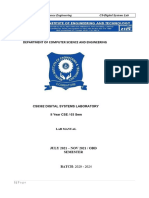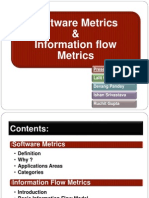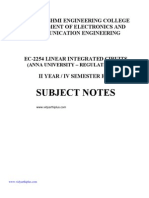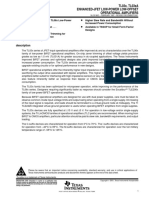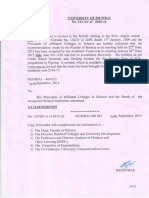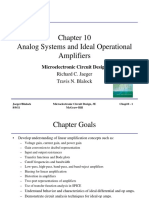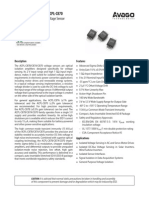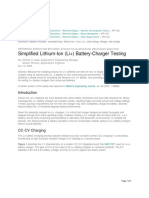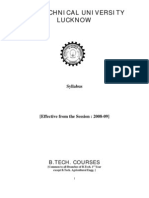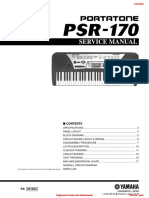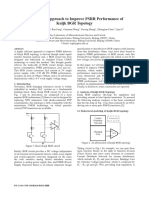0% found this document useful (0 votes)
669 views28 pagesAnalog Vlsi
This document provides information about an analog VLSI circuits lecture given by Dr. Navakanta Bhat at the Indian Institute of Science in Bangalore. It outlines the course logistics including class times, grading structure, and reference books. It also provides details on the course content which will cover topics like MOSFET theory, SPICE simulation, small signal modeling, amplifier design, references, data converters, and mismatch analysis. The document emphasizes that analog circuit design has been important since the first integrated circuit and transistor, and discusses how CMOS technology has driven the growth of integrated circuits following Moore's Law.
Uploaded by
hegdehegdeCopyright
© Attribution Non-Commercial (BY-NC)
We take content rights seriously. If you suspect this is your content, claim it here.
Available Formats
Download as PDF, TXT or read online on Scribd
0% found this document useful (0 votes)
669 views28 pagesAnalog Vlsi
This document provides information about an analog VLSI circuits lecture given by Dr. Navakanta Bhat at the Indian Institute of Science in Bangalore. It outlines the course logistics including class times, grading structure, and reference books. It also provides details on the course content which will cover topics like MOSFET theory, SPICE simulation, small signal modeling, amplifier design, references, data converters, and mismatch analysis. The document emphasizes that analog circuit design has been important since the first integrated circuit and transistor, and discusses how CMOS technology has driven the growth of integrated circuits following Moore's Law.
Uploaded by
hegdehegdeCopyright
© Attribution Non-Commercial (BY-NC)
We take content rights seriously. If you suspect this is your content, claim it here.
Available Formats
Download as PDF, TXT or read online on Scribd
/ 28


